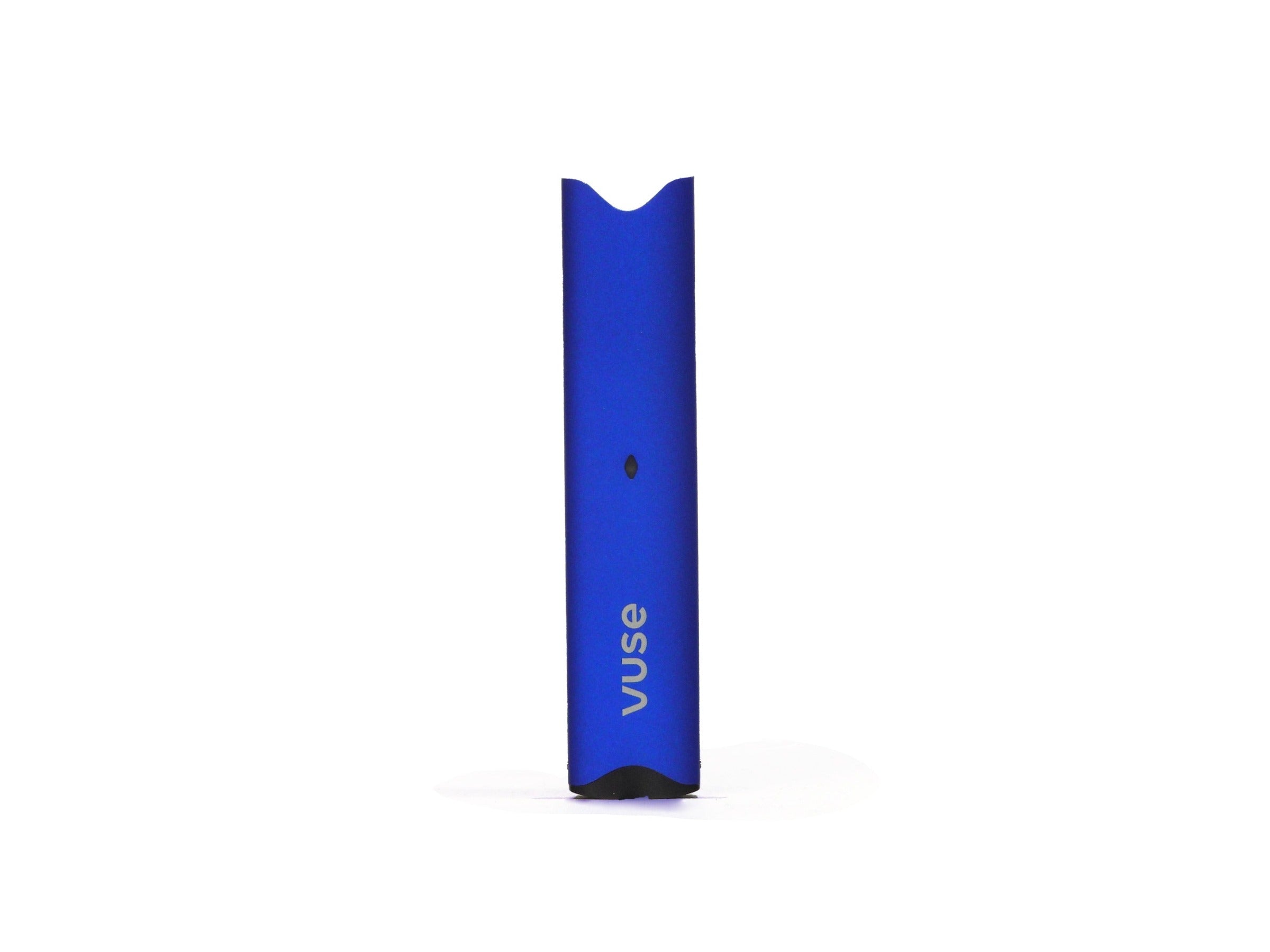
Introduction
Charging a Vuse disposable vape without an Android charger can be a challenge. Originally intended for single-use, advancements now allow recharging using various methods. This guide will walk you through recharging your Vuse vape without an Android charger, covering necessary steps and precautions.
Understanding Disposable Vapes
Before recharging, it's important to understand disposable vapes and their functionality. Disposable vapes, like Vuse, are designed for single-use but can be recharged if they have a rechargeable battery. These devices typically consist of:
- Battery: Powers the atomizer.
- Atomizer: Heats the e-liquid to produce vapor.
- Mouthpiece: Where the user inhales the vapor.
Requirements for Recharging
To recharge your Vuse vape without an Android charger, gather the following materials:
- Disposable Vape with Rechargeable Battery: Ensure your Vuse vape supports recharging.
- USB Cable: Preferably an old one you don't mind cutting.
- Small Flathead Screwdriver or Tweezers: For opening the vape's casing.
- Electrical Tape or Clips: To secure connections.
- Multimeter (Optional): To confirm the polarity of the charger wires.
Steps to Recharge Your Vape
Step 1: Gather Materials
- Disposable Vape: Ensure it is empty before recharging.
- USB Cable: Choose an old one for cutting.
- Small Flathead Screwdriver or Tweezers: For opening the casing.
- Electrical Tape or Clips: For securing connections.
- Multimeter (Optional): To confirm wire polarity.
Step 2: Open the Vape's Casing
- Locate the Bottom Cap: Find the bottom cap of your Vuse vape.
- Use a Small Flathead Screwdriver or Tweezers: Gently pry open the bottom cap. Be careful not to damage internal components.
- Expose the Battery and Wires: Locate the battery and the two wires connected to it. One wire is positive (usually red), and the other is negative (usually black).
Step 3: Prepare the USB Cable
- Cut the USB Cable: Cut the end of the USB cable, exposing the wires inside.
- Strip Insulation: Strip the insulation off both wires to reveal their metal cores.
- Identify Charger Wires: Typically, the red wire is positive, and the black wire is negative. Confirm this with a multimeter if available.
Step 4: Connect Wires
- Match Positive Wires: Connect the positive wire from the USB cable to the positive wire on the battery.
- Match Negative Wires: Do the same for the negative wires.
- Twist Wires Together Securely: Twist both wires together securely to ensure good contact.
Step 5: Secure Connections
- Use Electrical Tape or Clips: Cover the exposed wire connections with electrical tape or clips to prevent short circuits.
- Ensure No Metal Parts Touch: Make sure no metal parts are touching each other to avoid short circuits.
Step 6: Charge Your Vape
- Plug in Charger: Plug the USB cable into a power source.
- Monitor Charging Process: Allow your vape to charge for about 15-20 minutes or until it feels warm.
- Avoid Overheating: Do not leave your vape unattended during charging as overheating can cause damage or even fires.
Step 7: Reassemble Your Vape
- Disconnect Wires: Carefully disconnect the wires from the battery.
- Reassemble Vape: Reassemble your vape by putting back any parts you removed, ensuring everything is secure and in place.
Step 8: Test Your Vape
- Test Device: After reassembling, test your vape to ensure it works properly.
- Dispose Safely: If your vape doesn't work or once it’s fully used, dispose of it properly according to local regulations.
Tips for Efficient Recharging
- Use a USB-C to Micro-USB Adapter: If your disposable vape has a micro-USB port but you only have a USB-C charger, use an adapter.
- Check Compatibility: Always check if your disposable vape is compatible with recharging before attempting to do so.
- Follow Safety Guidelines: Exercise caution when handling electrical components and follow all safety guidelines provided by manufacturers or experts.
- Avoid Overcharging: Do not overcharge your vape as this can reduce its lifespan and potentially cause damage.
Additional Considerations
Safety Precautions
- Empty Vape: Always ensure that your vape is empty before attempting to recharge it.
- Avoid Overheating: Monitor the charging process closely to avoid overheating, which can cause damage or fires.
- Secure Connections: Use electrical tape or clips to secure connections and prevent short circuits.
- Dispose Properly: Dispose of your vape properly once it’s fully used or if it doesn’t work after recharging.
Legal Considerations
- Local Regulations: Check local regulations regarding the disposal of used vapes.
- Manufacturer Instructions: Follow manufacturer instructions for recharging and maintenance of your vape.
By understanding these steps and precautions, you can safely recharge your Vuse vape without an Android charger, ensuring you get the most out of your device while maintaining safety and compliance with regulations.
